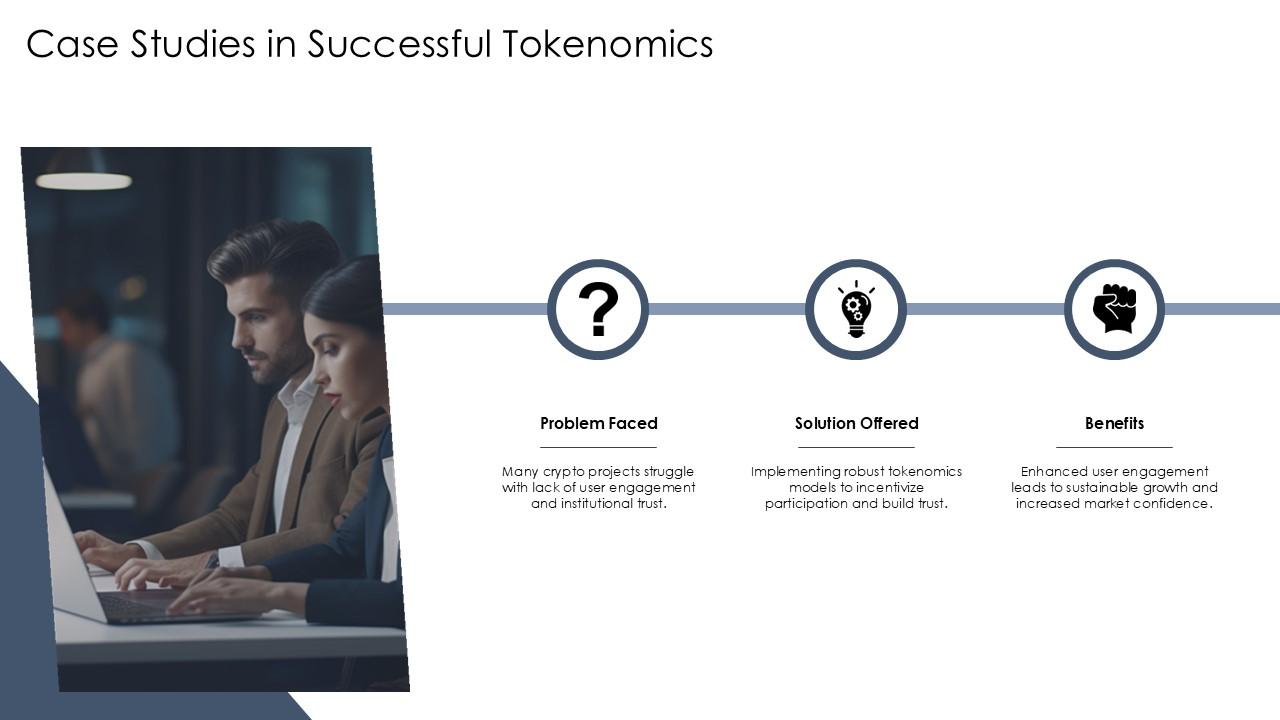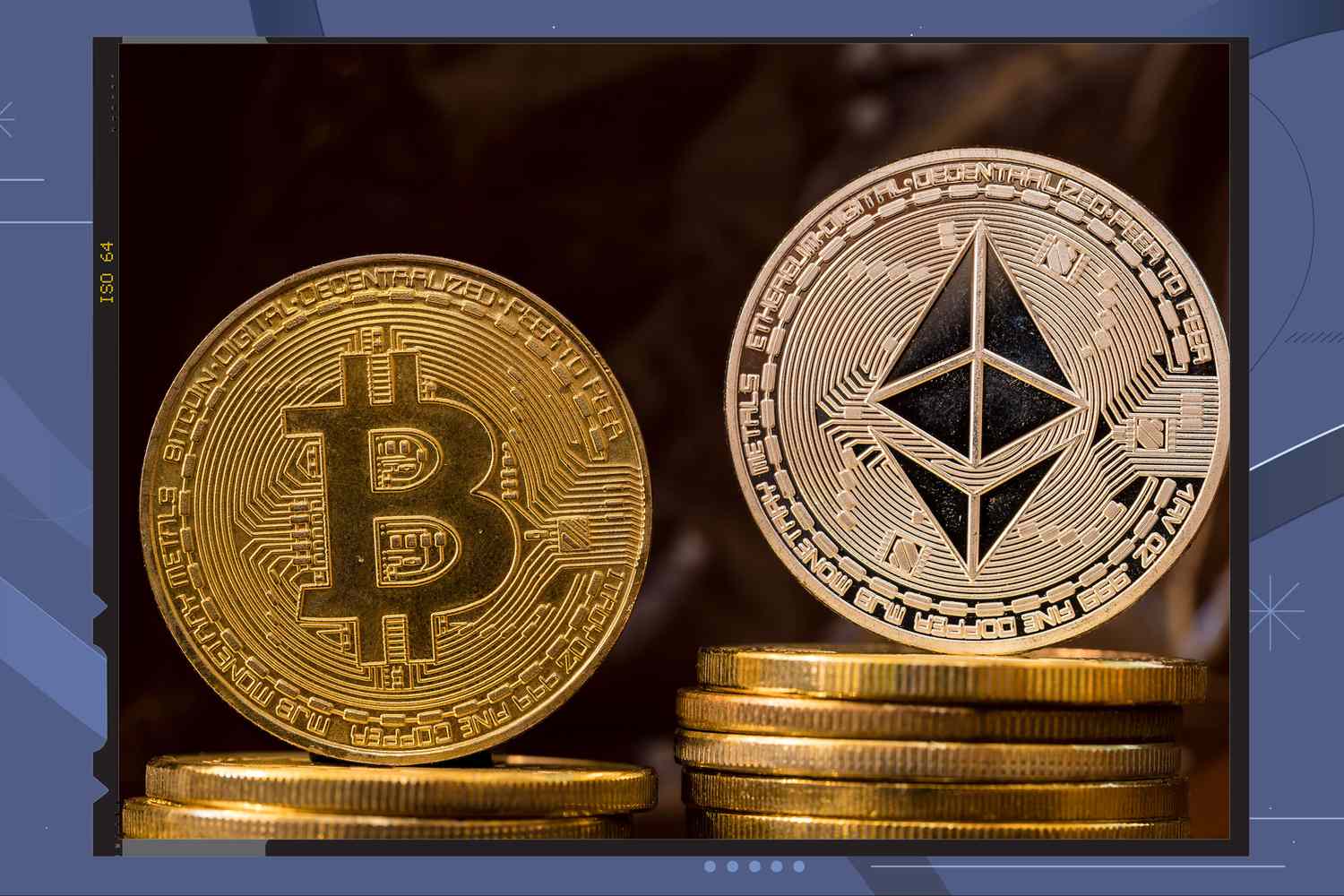
The Crypto Market Awaits Catalyst: What’s Next for Bitcoin and Ethereum?
As we enter a new phase in the cryptocurrency landscape, the market appears to be holding its breath, particularly around major assets like Bitcoin and Ethereum. With Bitcoin resting just above a pivotal support level at $61,150, market participants are keenly awaiting upcoming news that could steer the crypto market in either direction.
Recent trends in the crypto market offer insights into potential future movements.
A Period of Calmness
The cryptocurrency sector has witnessed a substantial decline recently, with the total market cap shrinking by 0.3%, now standing at approximately $2.12 trillion. This bout of quiet is reflective of a pause before a storm—anticipated news or regulatory developments may be just around the corner. It is noteworthy that Bitcoin has just held onto a critical moving average for the past 50 days, setting it up for either a push above $64K or a retreat below $60K. These levels are crucial for traders looking to establish their positions.
The consolidation phase we observe today hints at an imminent breakout. Historically, such periods of stabilization are precursors to significant price shifts. The question remains: will the bulls take control or will the bears drag prices down? Investors remain hopeful, especially in light of the recent momentum around Bitcoin Exchange-Traded Funds (ETFs).
Bulls vs. Bears: Investor Sentiment
Investor sentiment remains bullish, particularly regarding potential BTC-ETFs. Recent calculations from Glassnode reveal that issuers of spot Bitcoin ETFs have redeemed a staggering 911,000 BTC, which accounts for 4.6% of the total available supply. In light of historical trends, Bitcoin’s price might be gearing up for a peak around mid-May or June 2025—a promising prospect for those keeping a close eye on market activities.
“The next critical days will be telling for the direction of Bitcoin’s future,” noted industry analysts.
Ripple’s Ongoing Legal Battle
In the broader regulatory landscape, the U.S. SEC has taken an unexpected step by appealing a court ruling concerning Ripple’s cryptocurrency, XRP. CEO Brad Garlinghouse expressed confidence in Ripple’s capability to tackle any challenges posed by the SEC. The recent resignation of Gurbir Grewal, the enforcement division’s director, has sparked various reactions within the crypto community, with some welcoming the change while others remain skeptical.
These developments underline the complexities of regulatory scrutiny and its influence on market dynamics, making it paramount for investors to stay updated.
FTX’s Disrupted Aftermath
Meanwhile, in a move that has raised eyebrows across the industry, the bankrupt exchange FTX plans to auction off 22.3 million blocked Worldcoin (WLD) tokens. Valued at approximately $36.1 million, these tokens may be sold at a staggering 40%-75% discount relative to the current market price. The implications of this sale raise questions about market saturation and investor confidence in less-established altcoins.
The ongoing fallout from FTX’s bankruptcy scenario continues to affect market perceptions.
Understanding Crypto Tokenomics
Amidst the fluctuations and regulatory pressures, one aspect consistently overlooked by investors is tokenomics—the economic structure surrounding cryptocurrency projects. Understanding tokenomics is crucial as it encapsulates the factors influencing token value, making it a cornerstone of informed investment strategies.
Decoding Tokenomics: Supply, Utility, and Incentives
In traditional finance, investors scrutinize company fundamentals like revenue models and profit margins before making investment decisions. In the world of cryptocurrencies, tokenomics serves a similar purpose. The three fundamental components to consider include supply, utility, and incentives.
- Supply: Analyzing whether a token has a finite or infinite supply can impact long-term valuation. Tokens like Bitcoin, with its capped supply, appeal to investors looking for scarcity-driven appreciation.
- Utility: What function does the token serve? The more practical applications a token has, the greater the demand and consequently, the value.
- Incentives: Mechanisms like mining rewards or staking rewards incentivize user participation and can drive demand, but sustainability is key in evaluating their impact.
Key Indicators in Tokenomics
When assessing tokenomics, investors should be vigilant about indicators such as token distribution, vesting periods, burn mechanisms, and liquidity. Understanding who holds the majority of tokens and whether there are schedules in place for team allocations can offer deeper insights.
 Deciphering tokenomics can help you make better-informed investment decisions.
Deciphering tokenomics can help you make better-informed investment decisions.
A Balanced View of Investment
In the ever-volatile world of cryptocurrencies, a sound grasp of both market dynamics and tokenomics empowers investors to unearth opportunities that have the potential for significant returns in the long run. A balanced perspective that accounts for various factors will not only enhance investment strategies but also improve risk management.
Conclusion: The Road Ahead
As we proceed through October 2024, the crypto market’s future remains contingent upon upcoming regulatory developments and macroeconomic factors. Investors should remain cautious yet optimistic, vigilantly monitoring major price levels while keeping an eye on broader economic indicators.
The crypto space is continually evolving, and understanding these developments is essential for anyone looking to capitalize on future opportunities. Stay tuned as we track these dynamic changes, guiding our readers through the twists and turns of the cryptocurrency landscape.














